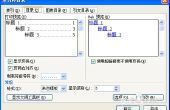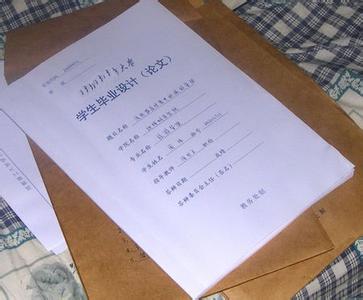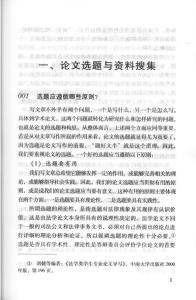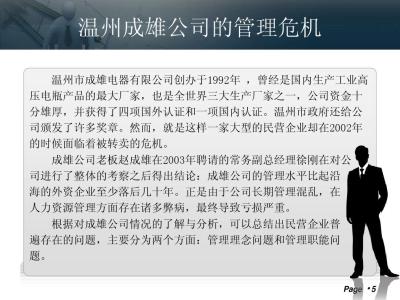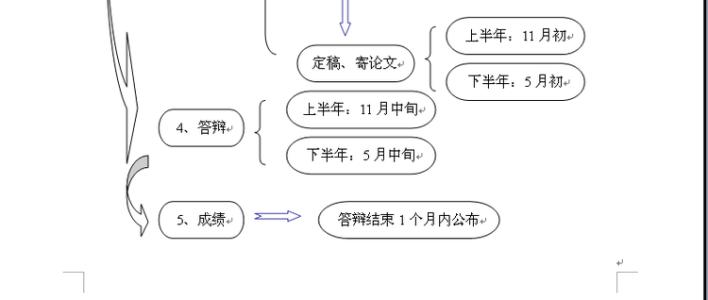is it good to write the first draft fast or slowly? suggestion:
write it fast
make the trains of thought clearly
arrange details and generality properly
make a clear and exact statement, not in the topic but all through the thesis
set forth your statement in the instruction directly
use direct quotations properly
put it aside for one or two days
write a sound conclusion
proper use of space
arrange the space in the first draft properly
leave enough space between lines so that you can add content.
stick or paste your notes or valuable materials in the empty space between lines, if possible.
leave enough margins to write down “the original place and the author” of the materials
chapter 6 quotation, instruction and conclusion
quotation
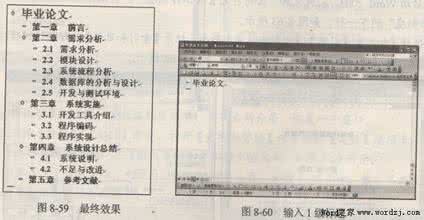
it is not good to use so many direct quotations in your writing. and we mainly have two ways to quote something to help us to support our statement.
direct quotation:sayings/proverbs/anecdotes/illustrations/indirect quotation
use what others say in your own words to support your statement.
introduction
where should we place the thesis statement in the instruction?
at the beginning
at the end
functions of introduction
an introduction has two functions:
contain the thesis statement, which should be placed at the beginning or at the end of the instruction so that the readers can be able to spot the statement easily.
interest the reader enough so that he or she will want to continue reading the paper.
notice
there is no best way to introduce a thesis, but you should certainly avoid beginning your work with “i’m going to discuss…” or “this theme is about…” you needn’t tell the reader you are about to begin; just begin!
seven basic methods for beginning
begin with a single-sentence thesis statement.
e.g. final examination should be abolished.
begin with an illustration.
begin with a rhetorical question.
e.g. just what skills should an effective reader have?
begin with a surprising fact or idea.
begin with a contradiction.
begin with a general idea and then pass on a specific thesis statement.
begin with a direct quotation.
other ways to introduce
definitions, comparisons, or any other kinds of devices you have already studied can make good instructions.
just make sure the reader knows which sentence is your thesis statement.
conclusion
a conclusion also has two functions. what are they?
a conclusion signals the end of the essay and leaves the reader with a final thought.
notice
like introductions, conclusions can take many forms, and the right one for your essay depends on how you wish to complete your paper, with what thought you wish to leave the reader. however, never conclude your paper with “as i said in the beginning,” and try to avoid the overused “in conclusion” or “in summary”. don’t end by saying you are going to end; just end!
three ways to conclude:
end with a call to action. the call to action says that, in views of the facts and ideas in the essay, the reader should do something. for example:unite, all the workers in the world!
end with a final point. the final point can tie together with all the other ideas in the essay; it provides the reader with the sense that the entire essay has been leading up to this final point.
end with a question. by ending with a question, you leave the reader with a final problem that you wish him or her to think about.
 爱华网
爱华网